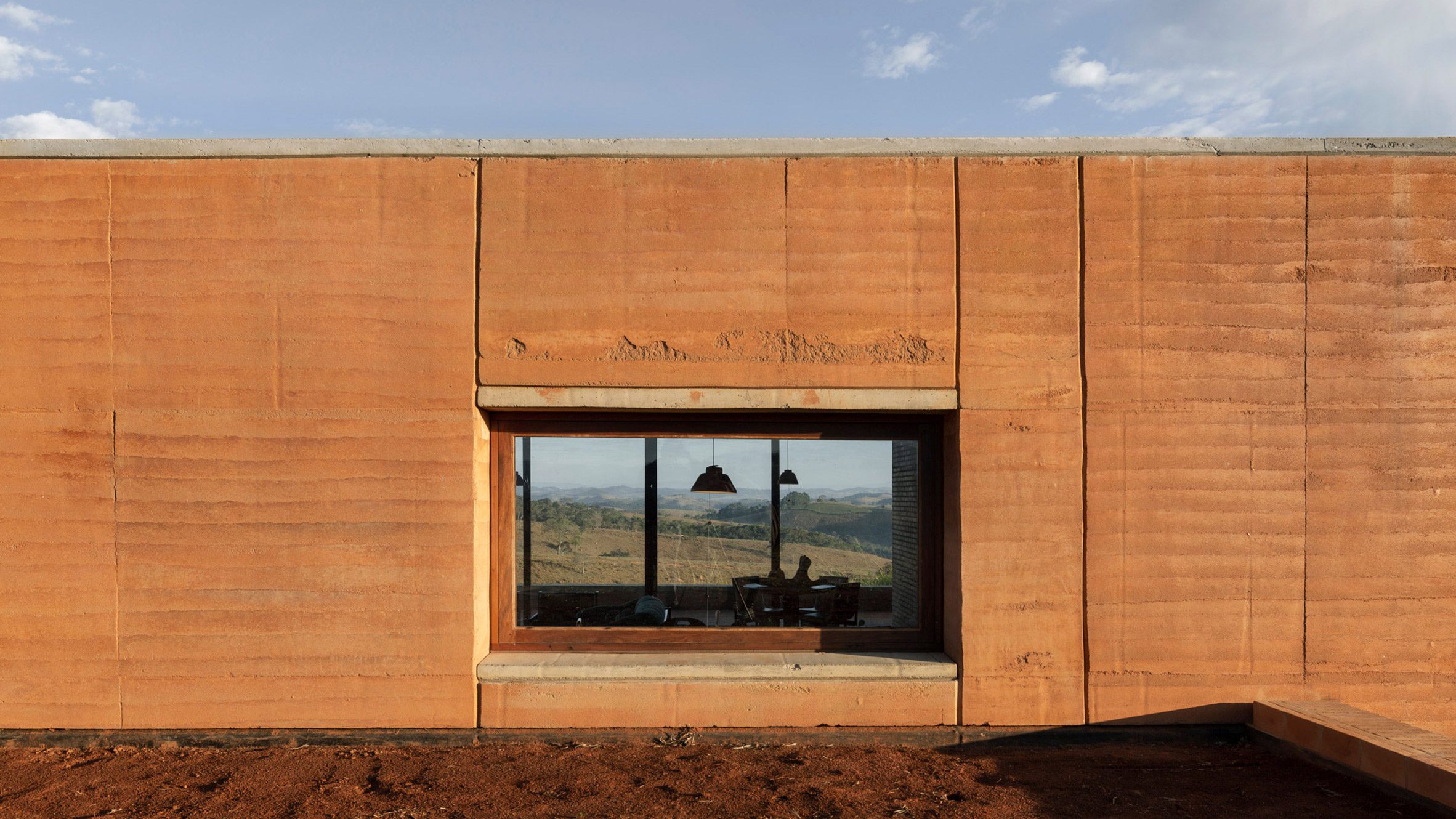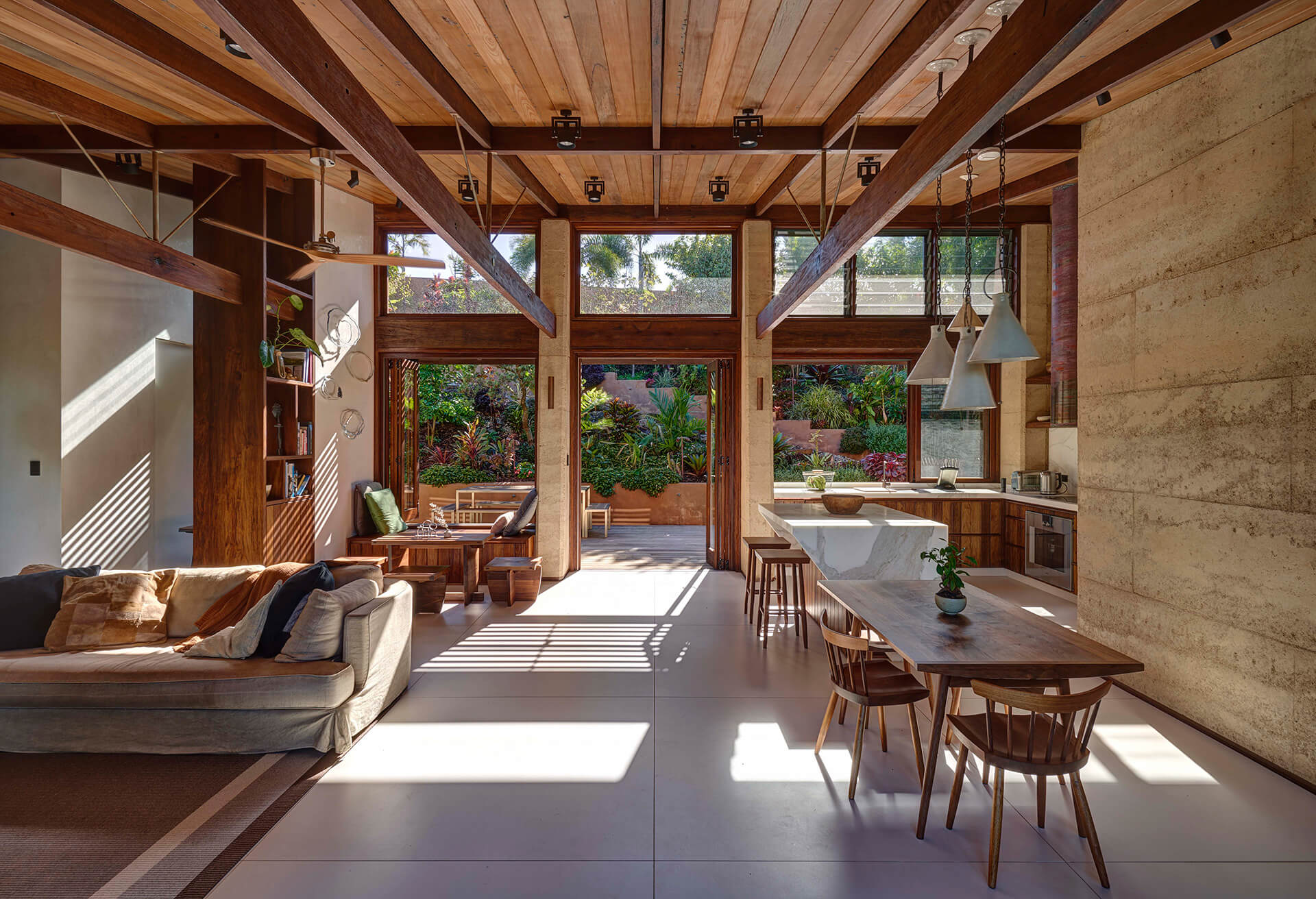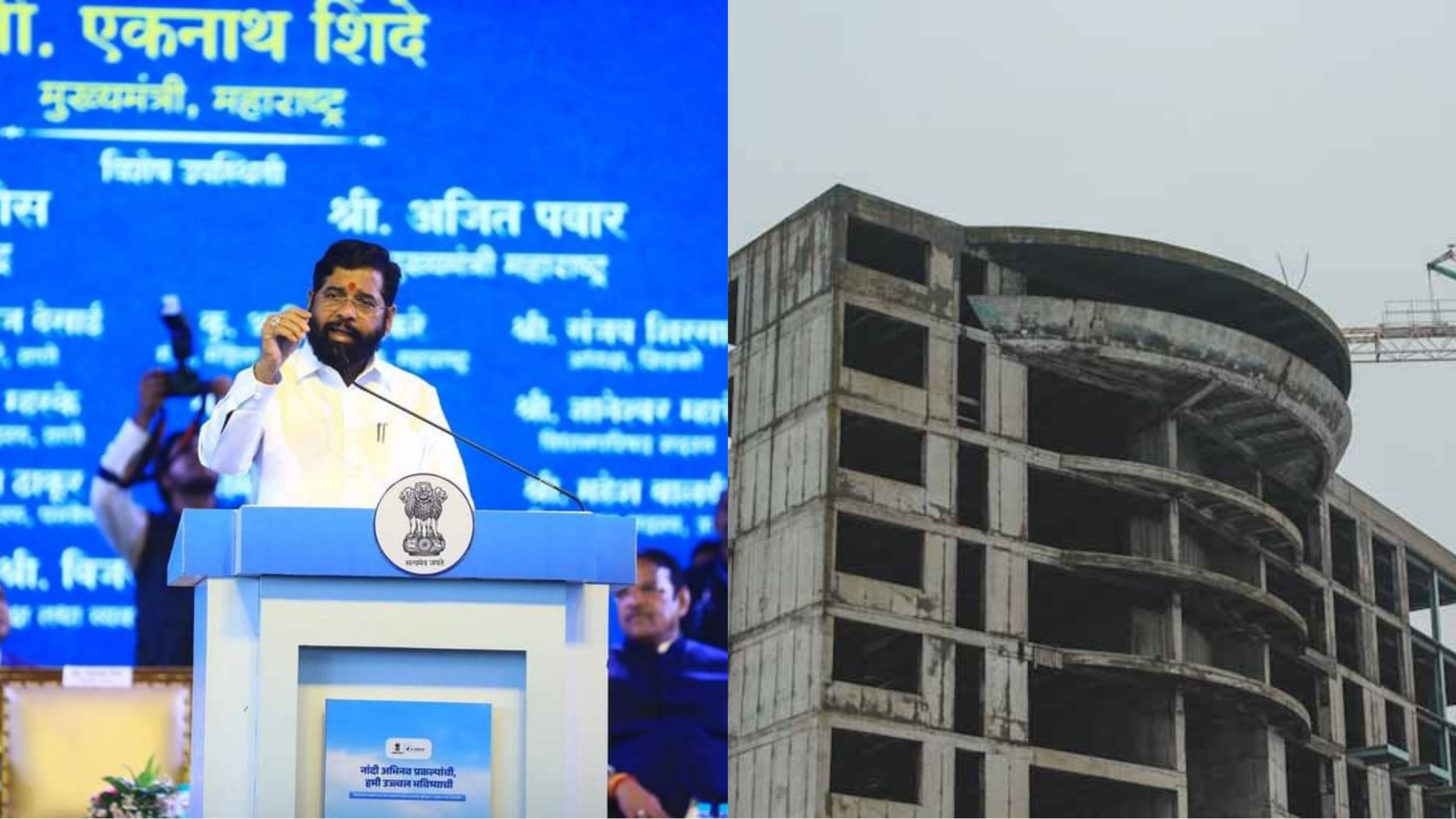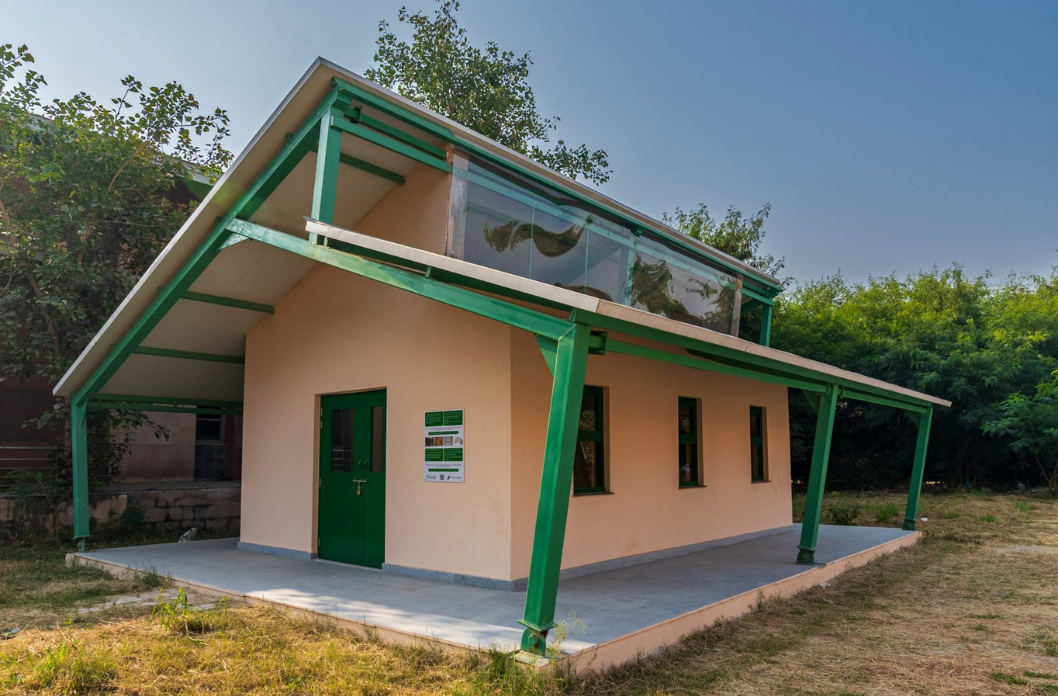Rammed earth, an ancient construction material, is experiencing a resurgence in modern architecture as the world shifts toward more sustainable practices. This material has been used for thousands of years to create long-lasting, environmentally friendly structures. Rammed earth is not only aesthetically pleasing but also offers significant environmental benefits, making it an attractive option for architects and builders looking to reduce the environmental impact of construction projects.
What is Rammed Earth?
Rammed earth is made by compacting a mixture of soil, sand, clay, and gravel to form solid, load-bearing walls. The material is compressed between formwork, which gives the structure its shape and strength. Traditional rammed earth uses natural materials with no additives, but modern techniques may incorporate a small percentage of cement to improve strength and longevity.
The walls constructed from rammed earth are thick, solid, and have a unique, natural texture due to the variation in soil composition. The color and appearance of the material can be tailored by selecting different types of soil or aggregates, allowing for a diverse range of finishes that suit various architectural styles.

Properties of Rammed Earth as a Building Material
Rammed earth’s properties make it a versatile and durable building material. Some of the key characteristics include:
- Rammed earth walls feature high thermal mass, enabling effective regulation of indoor temperatures by absorbing and storing heat during the day and releasing it slowly at night.
- Structures constructed from rammed earth are known for their remarkable durability and longevity, with many ancient buildings still standing for centuries.
- Due to its primary composition of soil, rammed earth is naturally fire-resistant, making it a safer choice in fire-prone areas.
- The density and composition of rammed earth walls make them less susceptible to pests, such as termites and rodents, compared to traditional wood-based materials.
- The thickness and density of rammed earth walls provide excellent sound insulation, making them ideal for construction in noisy environments.
- Rammed earth is one of the most sustainable building materials available, utilizing locally sourced, natural materials with minimal processing and waste generation.
- The construction process for rammed earth generates very little waste, with excess materials easily reused on-site.
- Rammed earth walls are breathable, allowing for moisture movement that helps maintain healthy indoor air quality and prevent mold growth.
Applications of Rammed Earth
Rammed earth has a wide range of applications in modern construction, from residential homes to commercial buildings and public infrastructure. Some common uses of rammed earth include:
Residential Homes: Rammed earth is popular for constructing residential homes, especially in areas with extreme temperature variations, due to its thermal properties and aesthetic appeal.
Commercial Buildings: Rammed earth is often selected for offices and retail spaces, highlighting sustainability and a distinctive visual appeal.
Educational and Cultural Institutions: Schools, museums, and community centers utilize rammed earth for its durability and energy efficiency, aligning with their sustainability goals.
Religious and Spiritual Buildings: Temples, churches, and meditation centers often use rammed earth for its natural aesthetic and calming qualities.
Public Infrastructure: Rammed earth is applied in public projects like walls and bridges, benefiting from its low maintenance and long lifespan.
Landscape and Outdoor Structures: Outdoor features such as retaining walls and pavilions use rammed earth for its strength and seamless integration with the landscape.

Rammed Earth Construction: Application Method
Rammed earth construction is a sustainable technique that creates durable walls by compacting a mixture of earth. Here’s an overview of its application method:
Site Preparation: Begin by clearing and leveling the construction site to create a solid foundation for the rammed earth walls. This includes excavating to the required depth and ensuring proper drainage.
Formwork Construction: Construct sturdy formwork using plywood or metal panels. The formwork should be designed to contain the rammed earth mixture and provide the desired wall thickness and height.
Material Selection: Prepare a mixture of soil, sand, gravel, and stabilizers (if necessary, such as cement or lime) to enhance the strength and durability of the rammed earth. The soil should be tested for its composition and suitability.
Moisture Control: The soil mixture should be moistened appropriately to achieve optimal compaction without becoming overly saturated.
Layering and Compaction: Fill the formwork in layers with the prepared rammed earth mixture. Use a mechanical tamper or pneumatic rammer to compact each layer thoroughly, ensuring a dense and stable wall structure.
Curing: Allow the rammed earth to cure after compaction. This process may involve misting the walls to maintain moisture and prevent cracking, especially in dry climates.
Formwork Removal: Once the walls have adequately cured and gained strength, carefully remove the formwork to reveal the finished rammed earth walls.
Finishing Touches: Perform any necessary finishing work, such as sealing the walls or applying a natural finish to enhance the aesthetic appeal and protect the surface.
Integration with Other Systems: Integrate the rammed earth walls with other building systems, such as roofing, windows, and doors, to complete the construction.
Conclusion
Rammed earth is a sustainable and durable building material that combines ancient techniques with modern design. Its natural properties, including excellent thermal mass, fire resistance, and sound insulation, make it suitable for various applications, from homes to public buildings. By using locally sourced materials and minimizing waste, rammed earth supports eco-friendly construction practices. As the demand for sustainable architecture grows, rammed earth presents a practical and attractive option for creating beautiful and resilient structures.
Image sources- wsj.com, dezeen.com,stirworld.com









